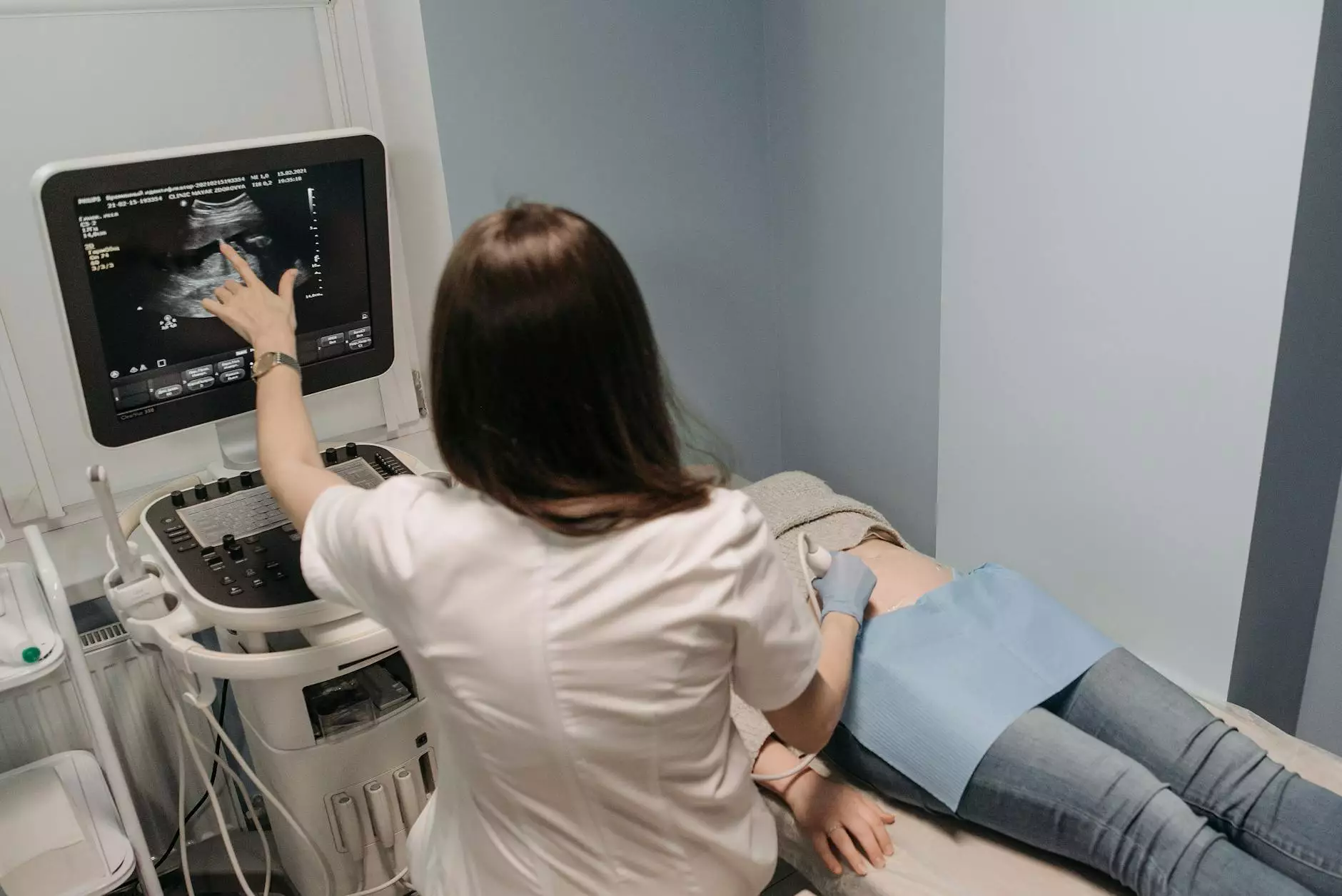The Importance of Lung Cancer CT Scans in Early Detection and Health Management

Understanding Lung Cancer and Its Impact
Lung cancer is one of the leading causes of cancer-related deaths worldwide. It affects millions of individuals, and early detection plays a crucial role in improving survival rates. There are several types of lung cancer; however, the primary ones include non-small cell lung cancer (NSCLC) and small cell lung cancer (SCLC). Understanding these types can aid in better health management and treatment options.
The Role of Screening in Lung Cancer Management
Screening for lung cancer, particularly through CT scans, is vital for high-risk individuals, especially those who have a history of smoking or are over the age of 55. By catching the disease in its early stages, patients have a significantly higher chance of successful treatment.
What is a Lung Cancer CT Scan?
A lung cancer CT scan, or computed tomography scan, is a revolutionary imaging technique that allows for a detailed visualization of the lungs. Unlike traditional X-rays, CT scans provide cross-sectional images of the body, enabling doctors to see the lungs in greater detail. This is particularly important for:
- Detecting lung nodules and tumors.
- Assessing the stage of cancer if detected.
- Guiding treatment decisions based on tumor size and location.
How Does a Lung Cancer CT Scan Work?
The process of undergoing a lung cancer CT scan is simple and non-invasive. Here’s what to expect:
- Preparation: Patients may be asked to avoid eating or drinking before the scan.
- Positioning: The patient lies on a narrow table that slides into the CT scanner.
- The Scan: The machine will take images while the patient holds their breath for a few seconds.
- Analysis: After the scan, a radiologist analyzes the images for any abnormalities.
The entire procedure typically takes about 10 to 30 minutes, and patients can resume normal activities immediately afterward.
Benefits of Lung Cancer CT Scans
CT scans have revolutionized the way lung cancer is detected and diagnosed. Here are some key benefits:
- Early Detection: The ability to spot tumors when they are small and potentially treatable.
- Increased Accuracy: Better differentiation between benign and malignant nodules.
- Monitoring: Ongoing assessment of existing conditions or the effects of treatment.
High-Risk Groups for Lung Cancer
Certain populations may benefit more from regular screening. High-risk groups include:
- Smokers: Individuals with a prolonged smoking history.
- Former Smokers: Those who have quit within the last 15 years.
- Age Factors: Individuals aged 55 to 80 years.
- Family History: A family history of lung cancer may indicate higher risk.
Current Guidelines for Lung Cancer Screening
According to the latest recommendations from health associations, annual lung cancer CT scans are advised for certain high-risk groups. These guidelines aim to minimize the risk of missing early signs of lung cancer while avoiding unnecessary tests.
Potential Risks and Considerations of CT Scans
While lung cancer CT scans are highly beneficial, there are some potential risks and considerations that patients should be aware of:
- Radiation Exposure: CT scans use higher doses of radiation than traditional X-rays, which can be a concern in terms of cancer risk, although the benefits often outweigh this.
- False Positives: Some scans may detect nodules that are not cancerous, leading to unnecessary anxiety and additional testing.
- Cost: Depending on healthcare coverage, CT scans can be expensive without insurance.
Advancements in Technology for Lung Cancer Detection
The field of medical imaging continuously evolves with advancements in technology. Some notable advancements include:
- Low-Dose CT Scans: These scans reduce radiation exposure while maintaining image quality.
- AI Integration: Artificial intelligence is being used to assist radiologists in identifying nodules more effectively.
- 3D Imaging: Provides a more accurate representation of tumors for better treatment planning.
Combining CT Scans With Other Diagnostic Tools
CT scans are just one part of a comprehensive diagnostic approach for lung cancer. Other techniques may include:
- Chest X-rays: Often the first line of investigation.
- MRIs: Used to get a clearer image of cancer's extent.
- Biopsies: Essential for confirming cancer diagnosis through tissue sampling.
The Importance of Follow-Up Care
Post-diagnosis, patients require tailored follow-up care, including:
- Regular Scans: To monitor any changes in lung health.
- Support Groups: Emotional and psychological support through community resources.
- Educational Resources: Providing information on living with lung cancer.
Conclusion: The Lifesaving Role of Lung Cancer CT Scans
In conclusion, lung cancer CT scans are a crucial tool in the fight against lung cancer. Their ability to provide early detection and accurate diagnosis can significantly impact patient outcomes and survival rates. As technology advances, the effectiveness of these scans will only improve, offering hope to those at risk of this devastating disease. Regular screenings, combined with a comprehensive approach to health, ensure that individuals remain vigilant and proactive in their health management.
Contact Us for More Information
If you have any questions regarding lung cancer CT scans or would like to schedule an appointment, please reach out to us at Hello Physio, where we prioritize your health and well-being.









